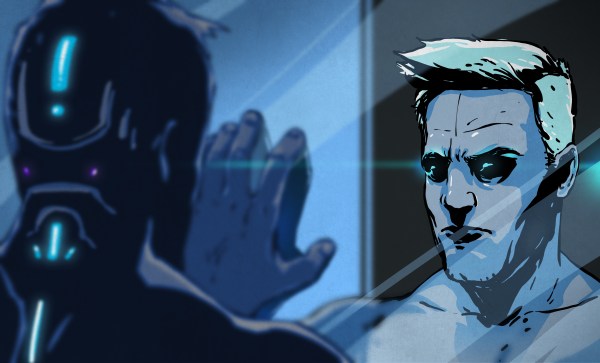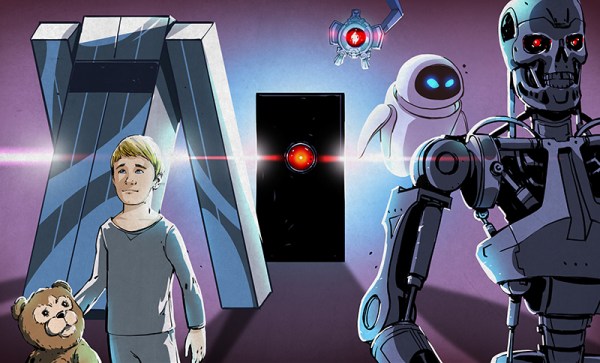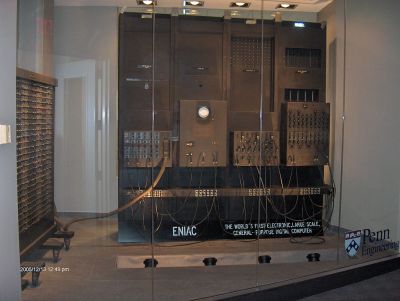Alan Turing proposed a test for machine intelligence that no longer works. The idea was to have people communicate over a terminal, with another real person and with a computer. If the computer is intelligent, Turing mused, most people will incorrectly identify the computer as a human. Clearly, with the advent of modern chatbots, that test is now broken. Despite the “AI” moniker, chatbots aren’t sentient or even pre-sentient, but they certainly seem that way. An AI CEO, Mustafa Suleyman, is proposing a new test: The AI has to take a $100,000 budget and earn $1,000,000.
We were a little bemused at this. By that measure, most of us aren’t intelligent, either, and it seems like this is a particularly capitalistic idea. We could probably write an Excel script that studied mutual fund performance and pull off the same trick, given enough time for the investment to mature. Is it intelligent? No. Besides, even humans who have demonstrated they can make $1,000,000 often sell their companies and start new ones that fail. How often does the AI have to succeed before we grant it person status?
Continue reading “Ask Hackaday: The Turing Test Is Dead: Long Live The Turing Test!”















